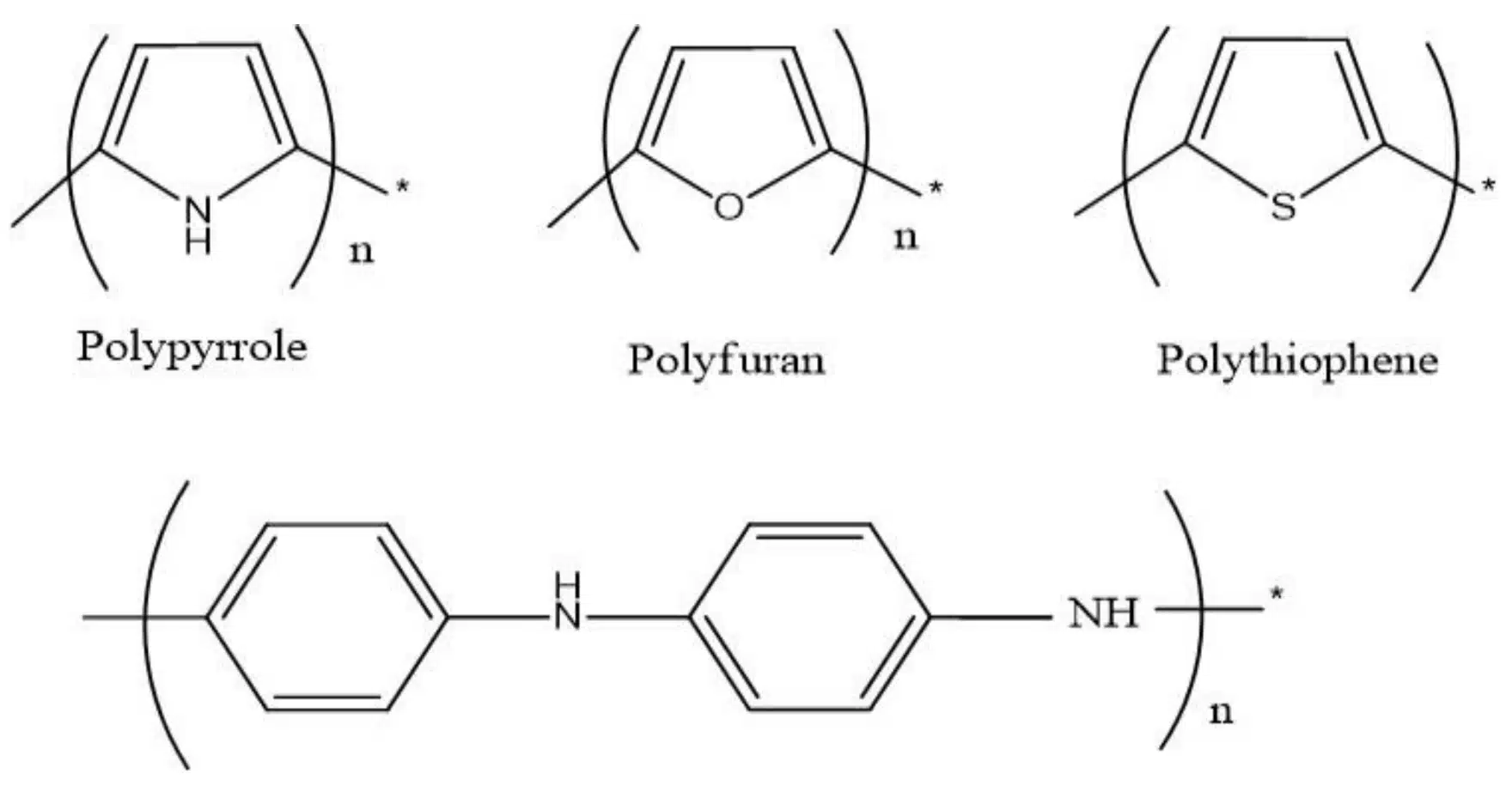Advancements in Transparent Conducting Polymers

Researchers at Purdue University have made a significant breakthrough in the field of display technology with the development of a novel transparent conducting polymer known as n-doped poly(benzodifurandione) (n-PBDF). This innovative material shows great promise for enhancing electrochromic displays, which are increasingly sought after for their energy efficiency and sustainability. As the demand for advanced display technologies grows, n-PBDF stands out by offering low energy requirements, bistability, and full-color capabilities. This advancement could lead to displays that utilize light transmission and reflection, thereby reducing energy consumption and minimizing eye strain compared to traditional emissive screens.
Developed to Enhance Display Efficiency
The creation of n-PBDF addresses several limitations associated with conventional display materials. According to a study published in *Nature Electronics*, this polymer serves a dual purpose: it acts as both a transparent conductor and an ion-storage material. This dual functionality simplifies the architecture of electrochromic displays, leading to improved energy efficiency. Jianguo Mei, a senior researcher at Purdue University, explained that n-PBDF enables the production of flexible displays that consume less power and exhibit greater durability under various environmental conditions.
The polymer’s design is particularly relevant in today’s market, where energy-efficient technologies are in high demand. Traditional materials, such as indium tin oxide (ITO), have limitations in terms of flexibility and production costs. In contrast, n-PBDF offers a more adaptable solution that can meet the needs of modern display applications. By reducing the energy requirements of displays, this polymer could pave the way for more sustainable technology solutions, making it a vital component in the future of electronic displays.
Key Features and Testing Outcomes
Extensive testing has been conducted to evaluate the performance of n-PBDF, as reported by *phys.org*. Researchers employed various techniques, including cyclic voltammetry and optical transmittance, to measure the polymer’s charge storage capacity. These tests are crucial for understanding how well the material can perform in real-world applications. Additionally, environmental durability tests assessed the polymer’s resilience under varying conditions, such as humidity and temperature fluctuations.
The results of these tests have been promising. The polymer has successfully demonstrated its ability to replace conventional materials like ITO, thanks to its flexibility, transparency, and ease of production. These characteristics make n-PBDF an attractive option for manufacturers looking to innovate in the display technology sector. The researchers are optimistic about the polymer’s potential, as it not only meets current performance standards but also opens the door for future advancements in display technology.
Applications and Future Research Directions
The study highlights the feasibility of creating flexible, full-color displays that consume as little as 0.7 μW/cm² for static content. Remarkably, these displays can maintain their visual states for up to 24 hours without requiring a power supply. This capability is a game-changer for portable devices, where battery life is a critical concern.
Looking ahead, researchers plan to focus on improving the film uniformity of n-PBDF and enhancing its scalability for mass production. They also aim to expand the polymer’s applications beyond displays, exploring its potential in devices such as solar cells, supercapacitors, and batteries. Furthermore, efforts are underway to develop advanced encapsulation methods to improve the environmental stability of the polymer. These advancements could lead to broader adoption in various electronic devices, making n-PBDF a key player in the future of energy-efficient technology.
Observer Voice is the one stop site for National, International news, Sports, Editor’s Choice, Art/culture contents, Quotes and much more. We also cover historical contents. Historical contents includes World History, Indian History, and what happened today. The website also covers Entertainment across the India and World.
Follow Us on Twitter, Instagram, Facebook, & LinkedIn

